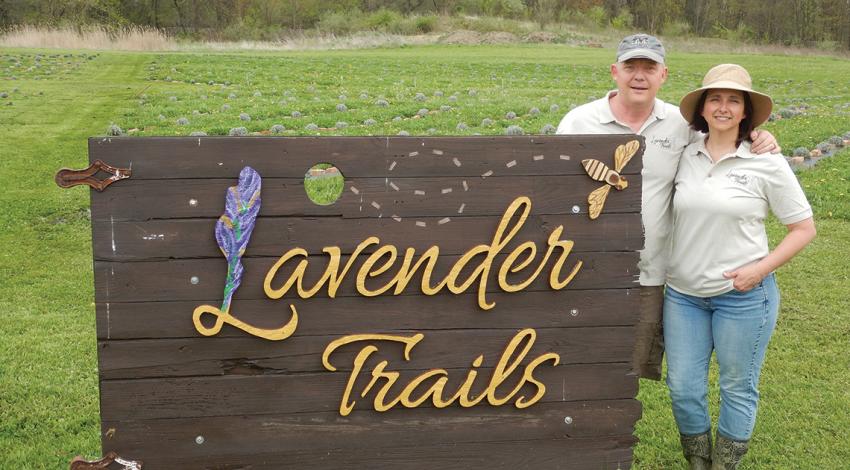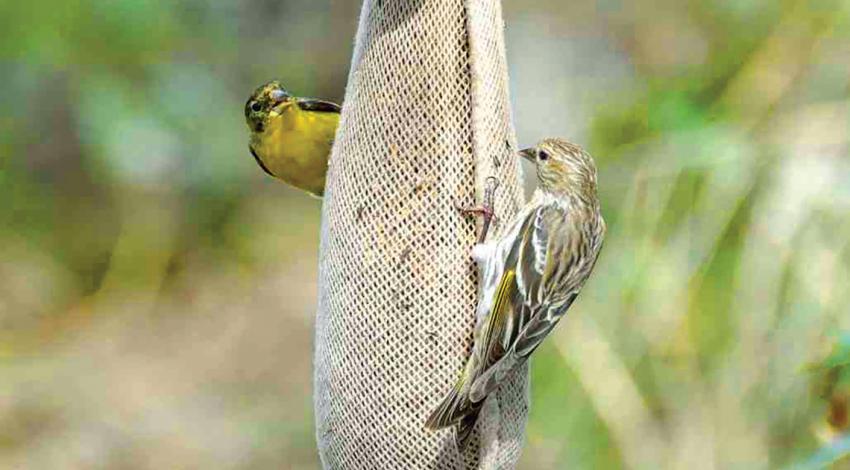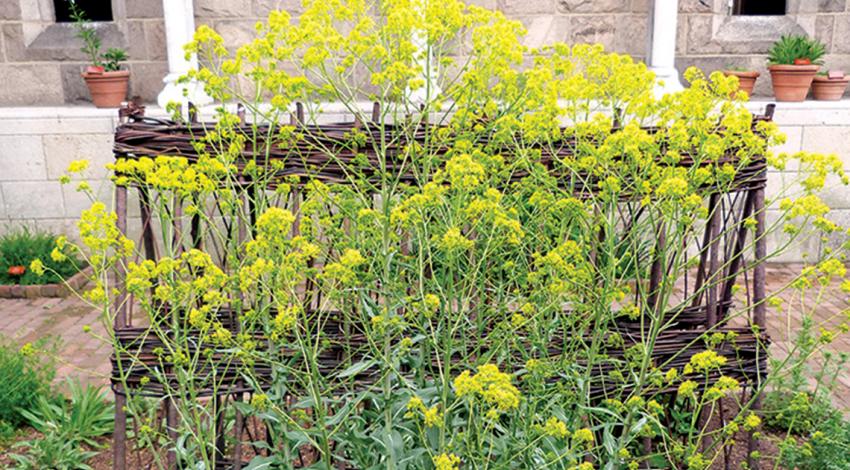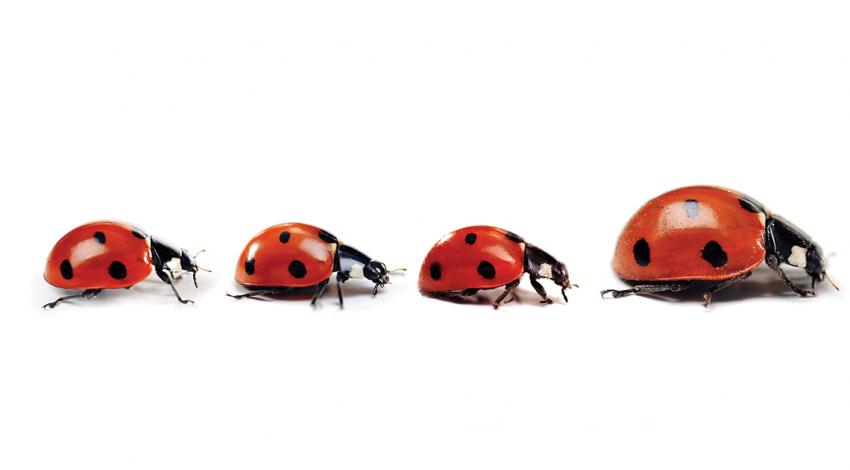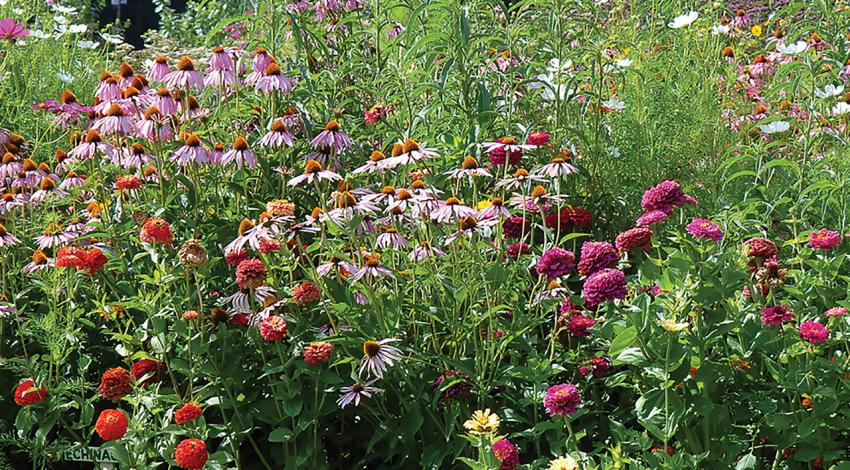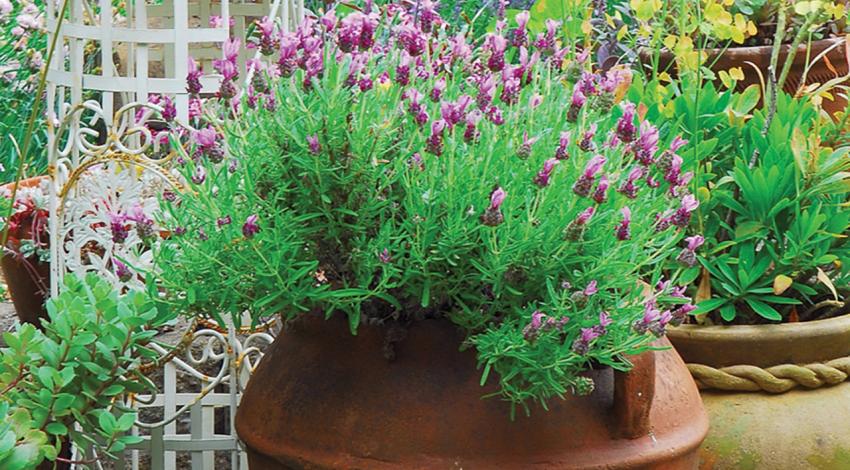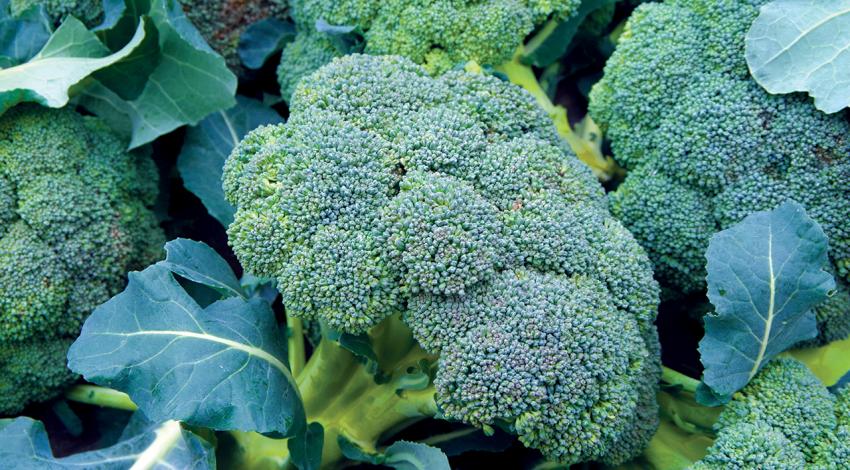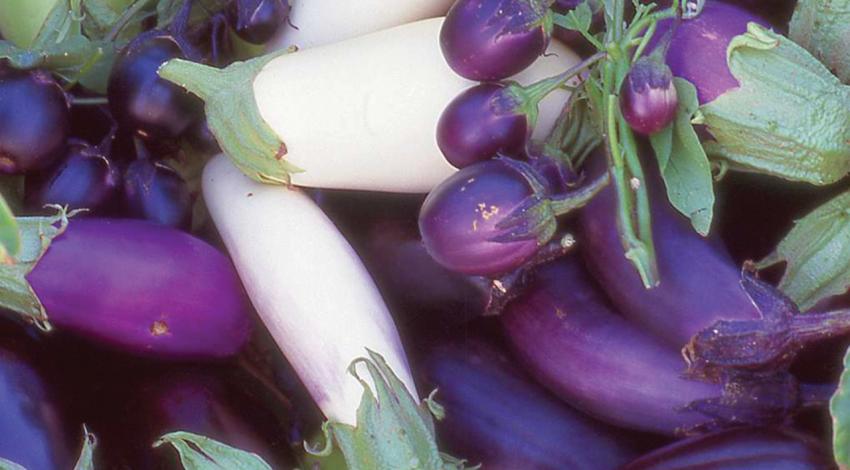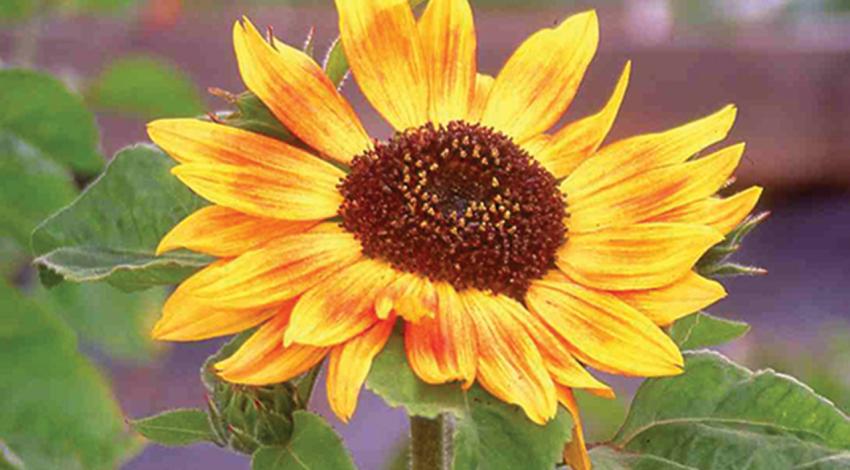Lavender has been treasured for thousands of years. In ancient Egypt, it was used in mummification; in medieval France, to perfume the air and ward off infection; and in 16th-century England, it was cherished by monarchs and mentioned by Shakespeare.
Lavender Trails
The idea for a lavender farm had been rattling around in the minds of Jim and Amy Duxbury — both Orrville high school teachers, of science and English, respectively — for years. In 2018, they leased a 4-acre “brownfield” (a former industrial site) that had been a concrete dumping ground, surrounded by facilities that produced pet food, packaging, and metal fabrication.
